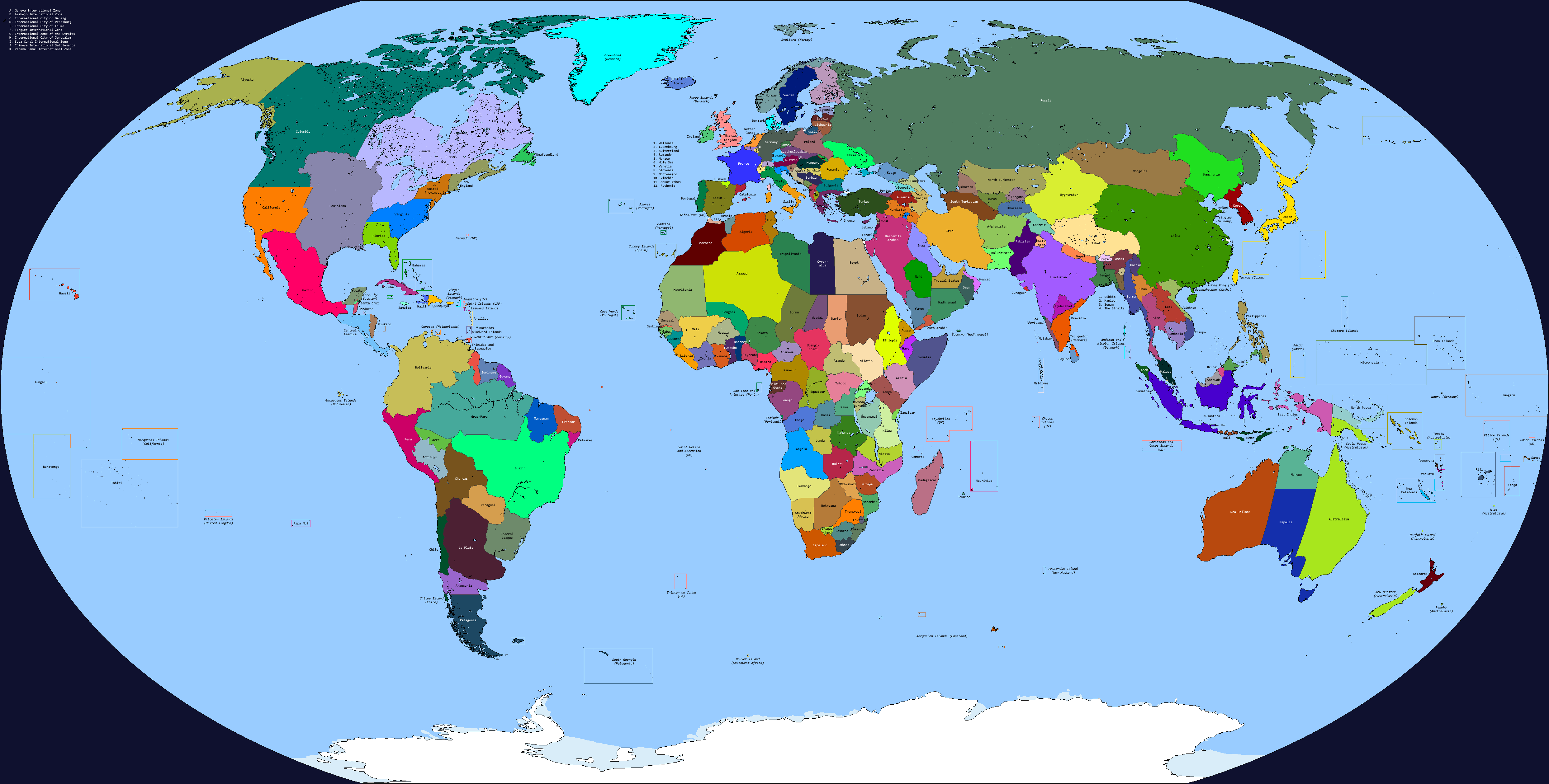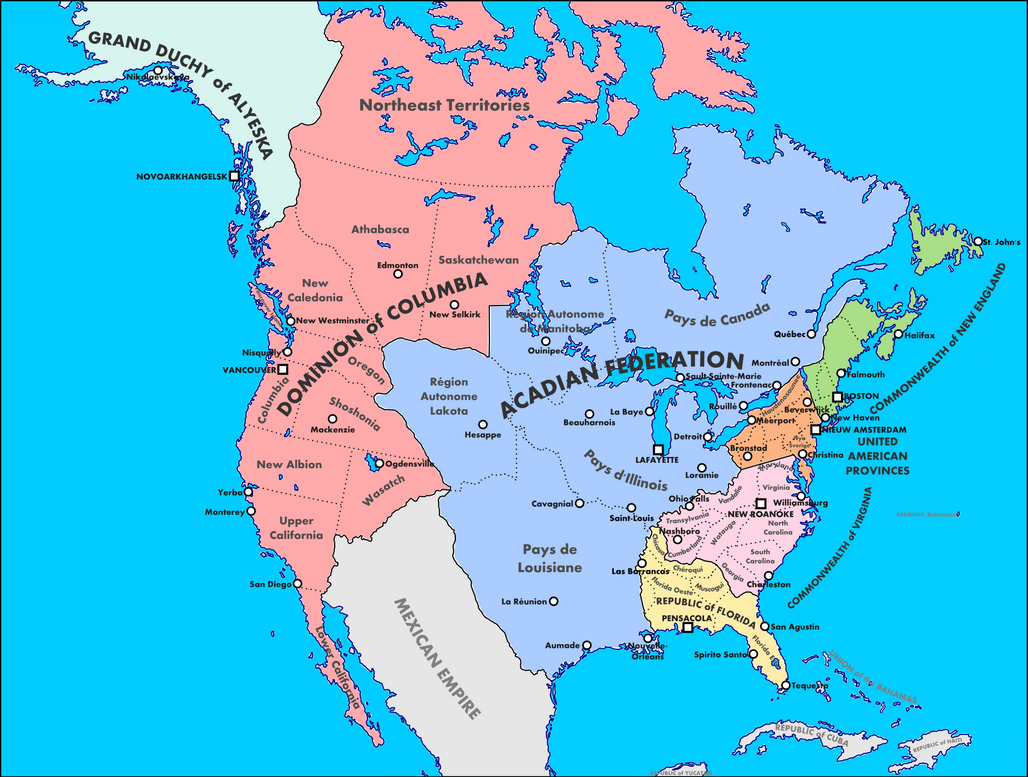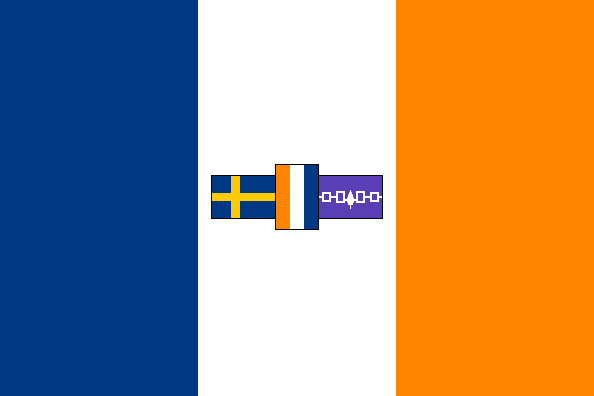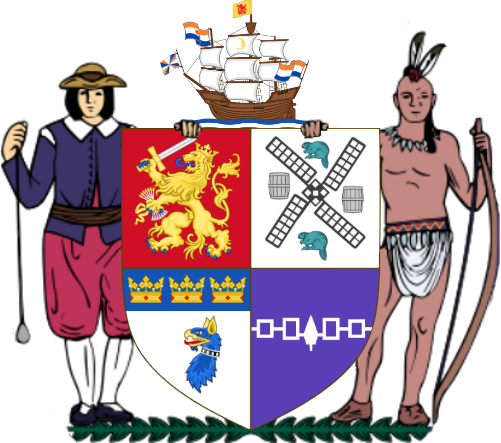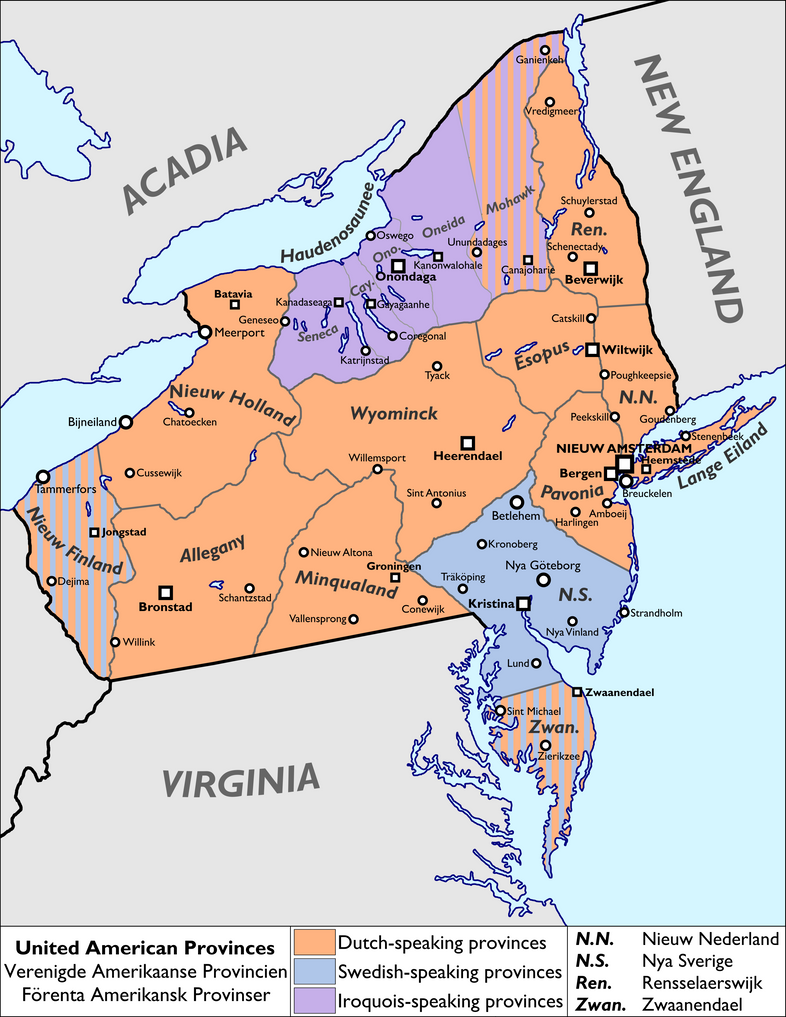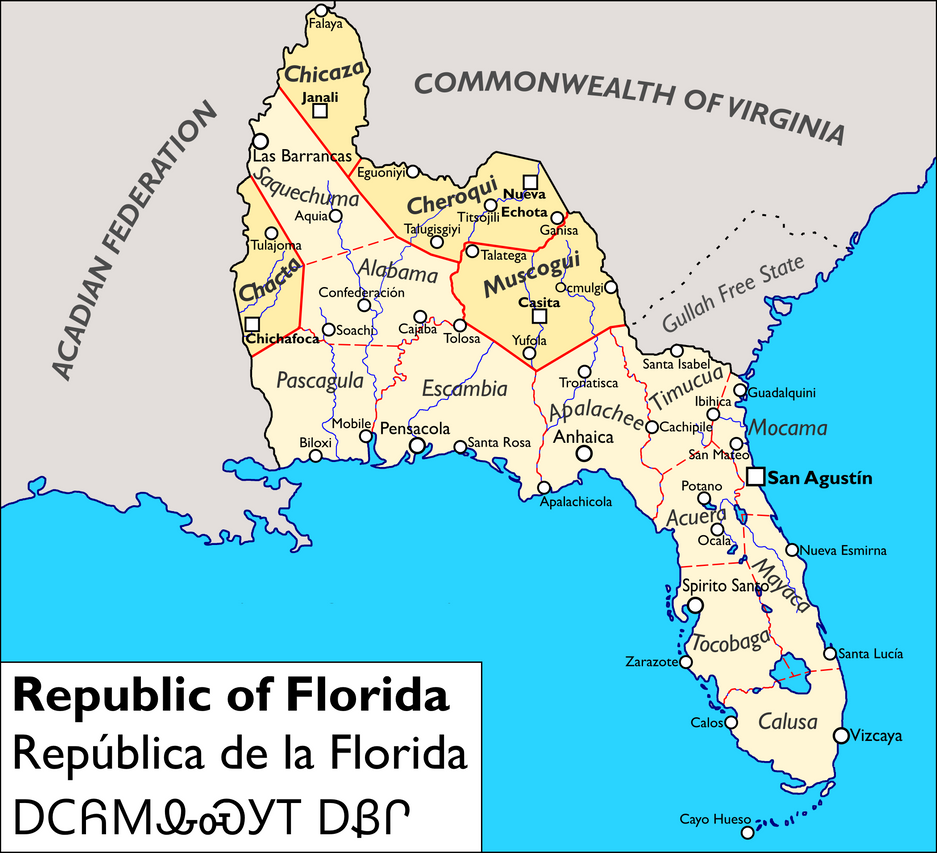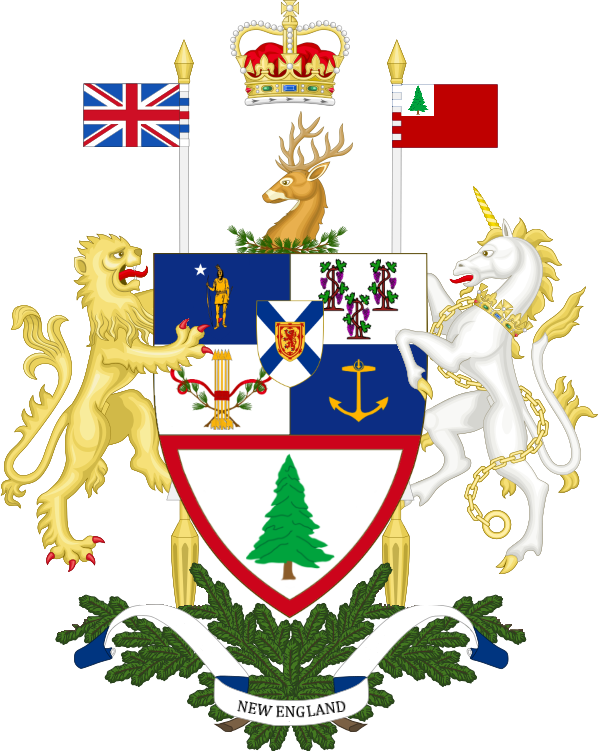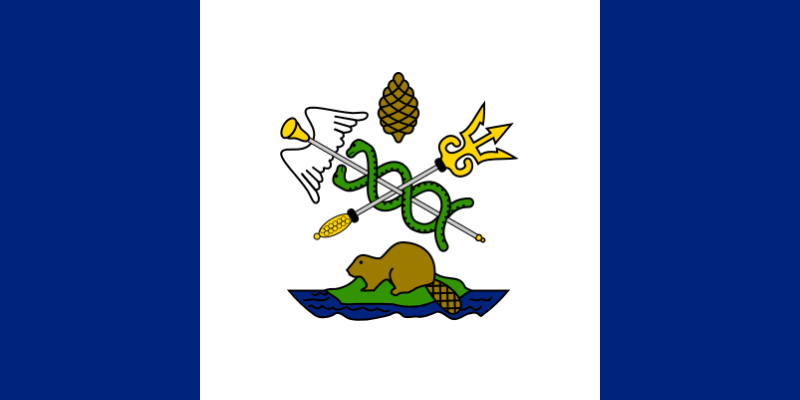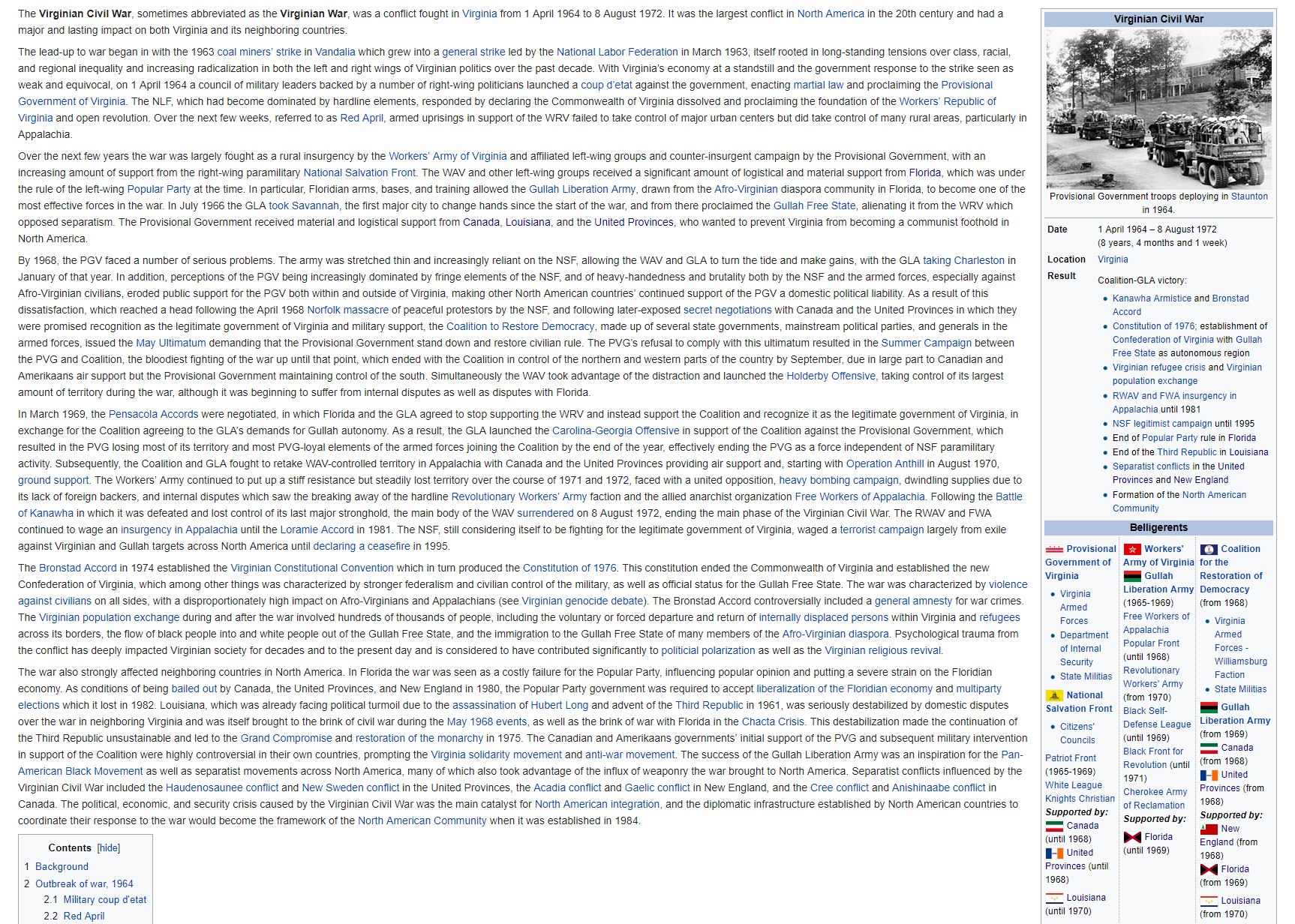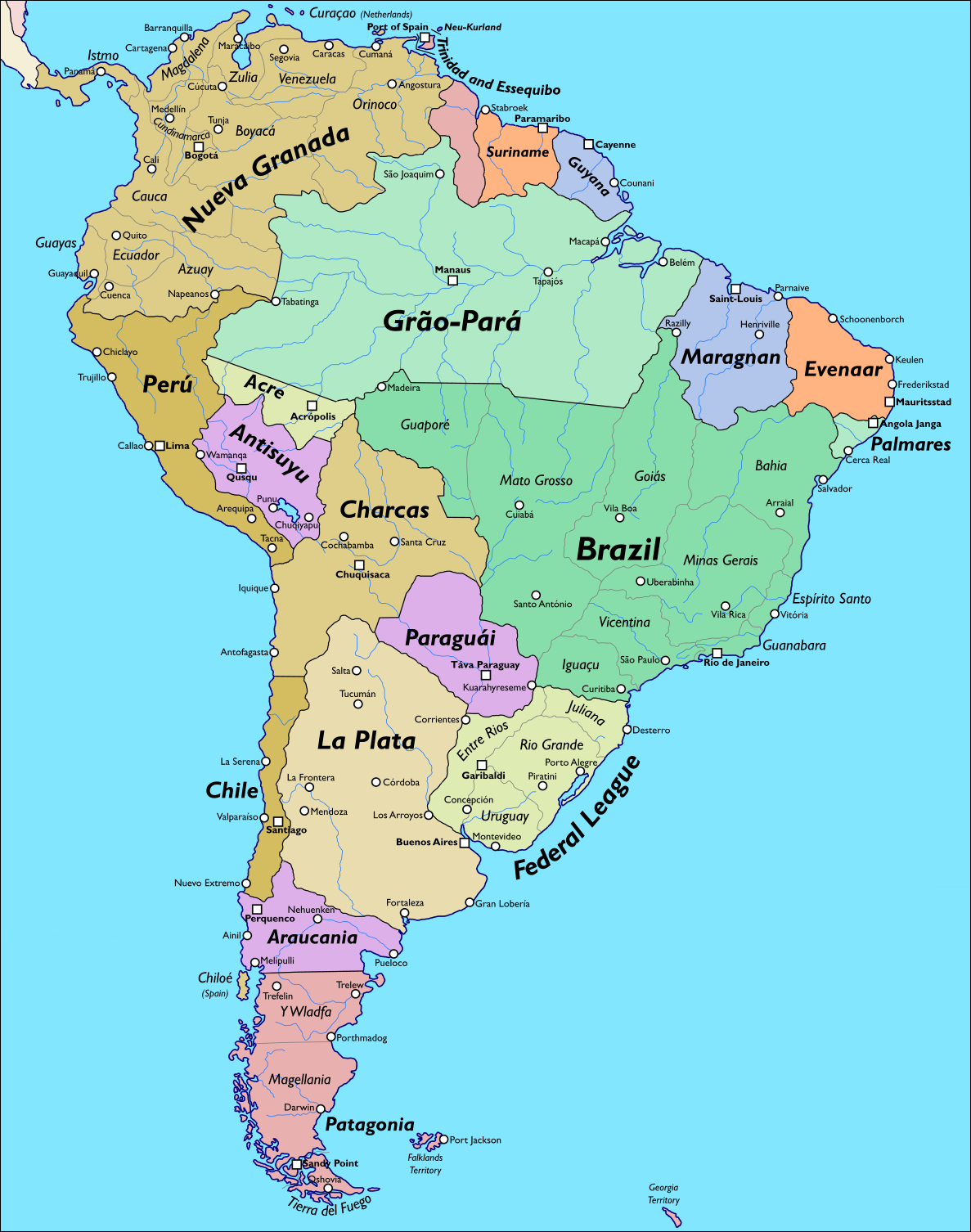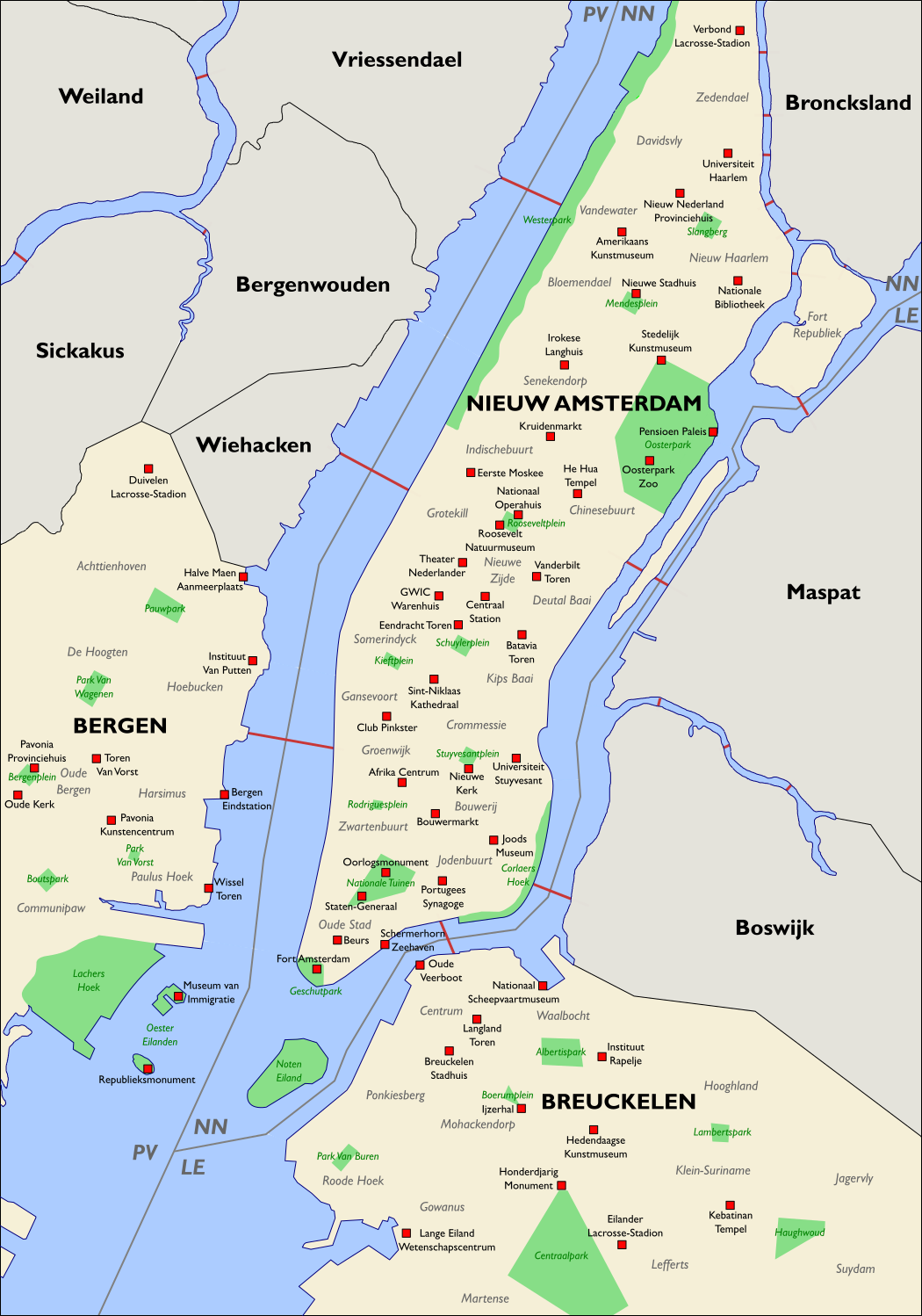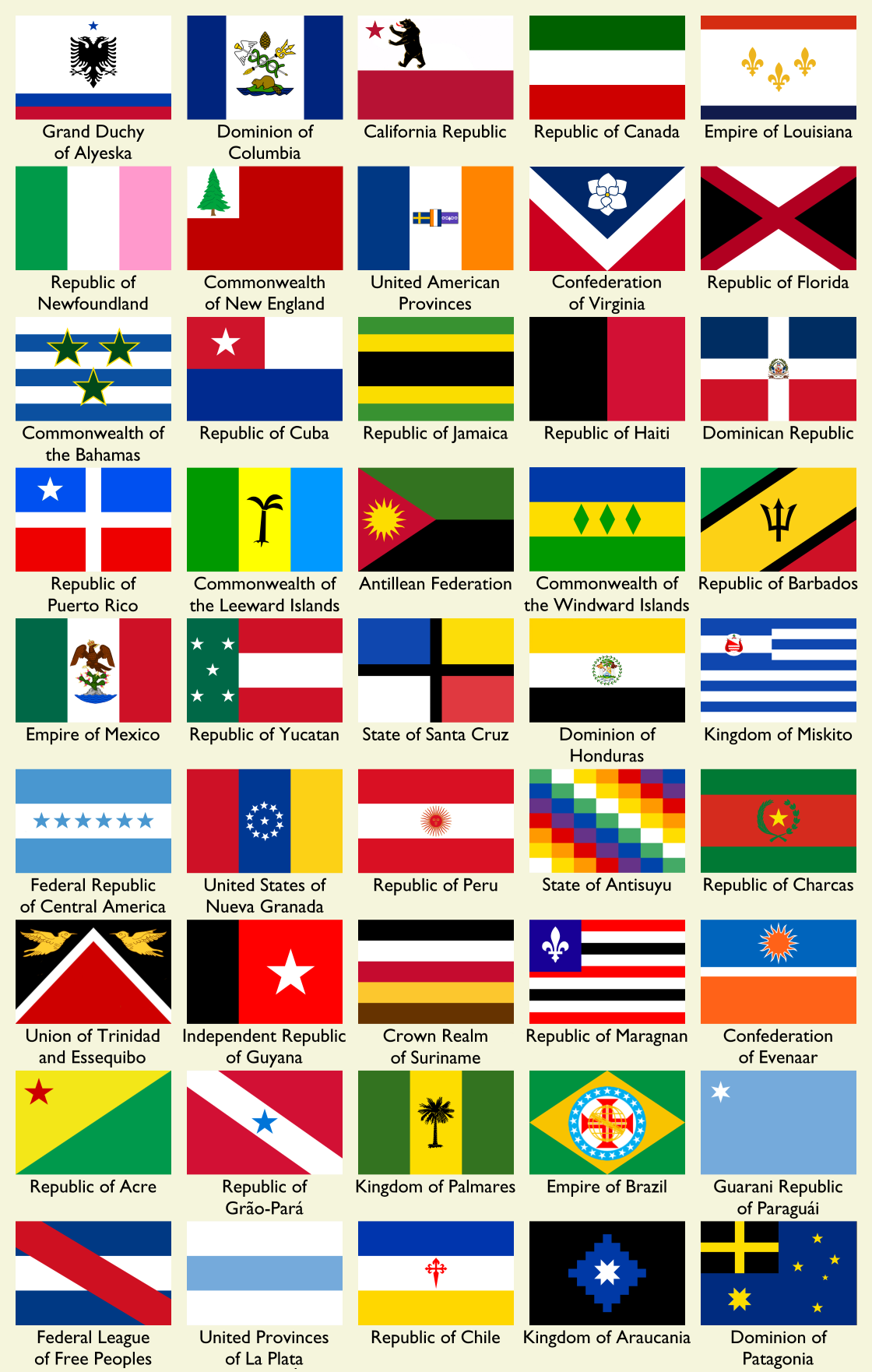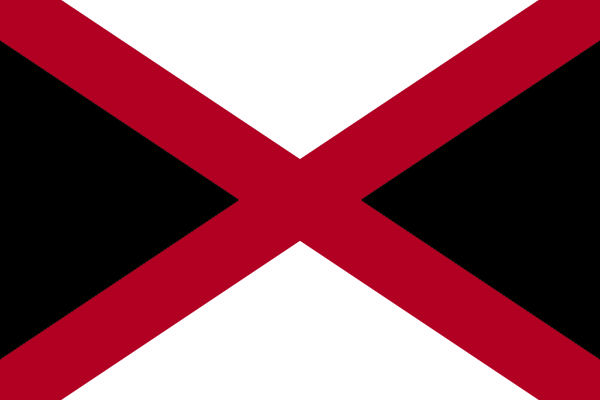
Between Spaniards and other European colonists, Africans (both Spanish slaves and British and French maroons), and of course the native peoples, Florida developed a distinct triracial creole culture and much of the population is of mixed descent. However, it was still dominated by the white elite for most of its history even after independence in 1821, until the Centennial Revolution of 1921 brought into power a left-wing regime. The Populists soon came into conflict with the right-wing regime of neighboring Virginia, culminating in the Virginian Civil War of 1964-1972 in which Florida intervened extensively, most notably by supporting the Gullah Liberation Army (the core of which was the Afro-Virginian diaspora in Florida), allowing them to carve out an autonomous region (and de facto sphere of Floridian influence) within Virginia. However, the ruling party was left weakened by the war and eventually accepted free multi-party elections in 1987, beginning Florida's transition to democracy, which has been largely successful other than the constant issue of corruption. In recognition of this, Florida was admitted to the North American Community in 1994 - while it is one of the poorest members it is still wealthier than most Spanish-speaking countries in the Americas. The free travel that has come along with this has allowed the Floridian tourism industry to flourish.
Worth noting are the Autonomous Nations in the northwest, whose sovereignty has been respected by the Floridian government in exchange for guarding the border (and for internal political support). They have a great deal of political autonomy (still sovereign while the other provinces are just administrative units) and influence (they have veto power over matters that affect them and tend to vote in blocs so politicians are eager to curry their favor), and remain culturally and linguistically distinct. However they also tend to lack in economic opportunity compared to the rest of the country, fueling internal migrations to tourist areas and major cities like San Agustin and Pensacola (between which the capital moved for decades before settling in its original location, the former).
(map out of date per QBAM version: northern border now follows OTL Tennessee's southern border, Chicaza region moved south, Seminol region added in far south, Acadia now Louisiana)
